Quantum Chaos
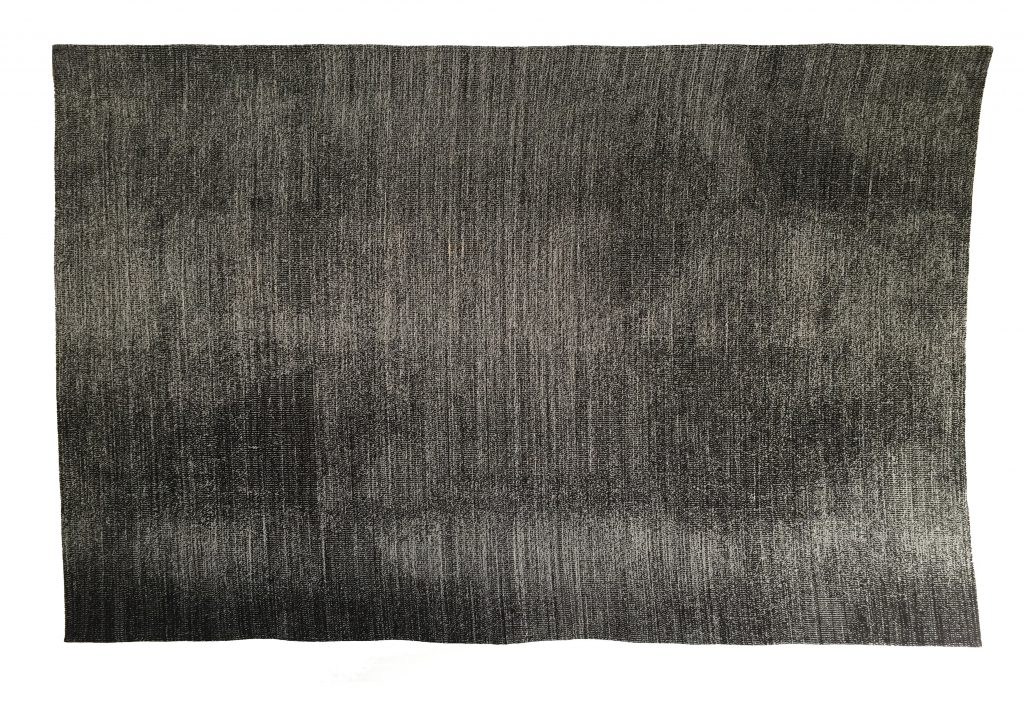
Four experiments visualising patterns of chaos

Classical Chaos 1 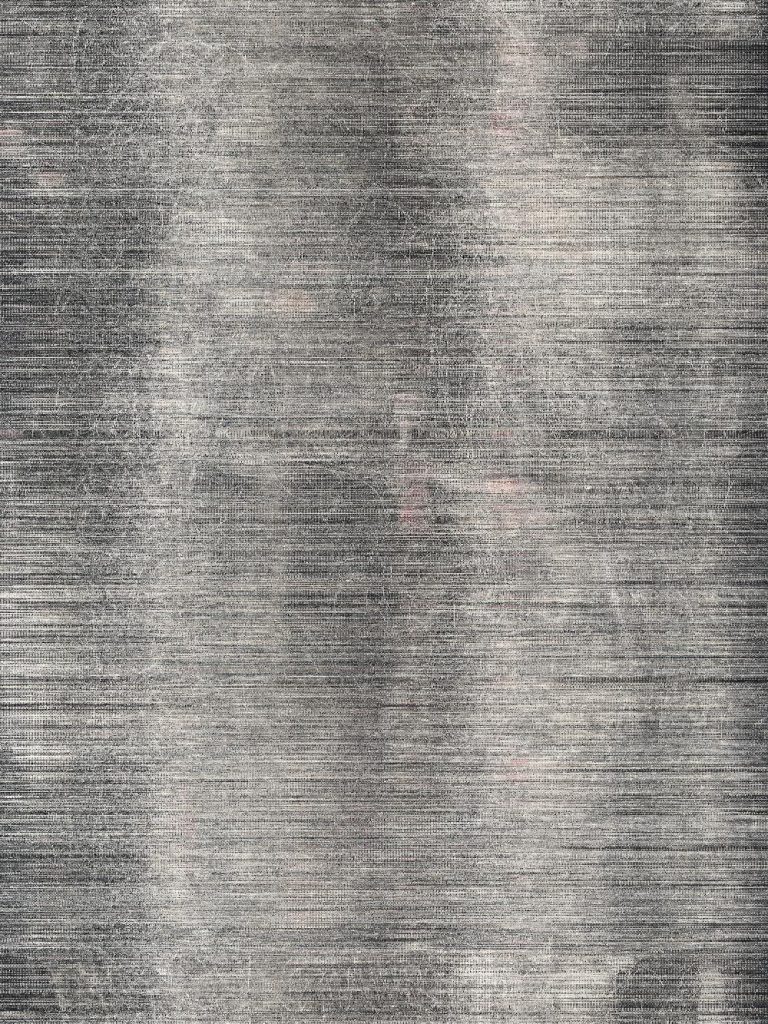
Quantum Chaos 1 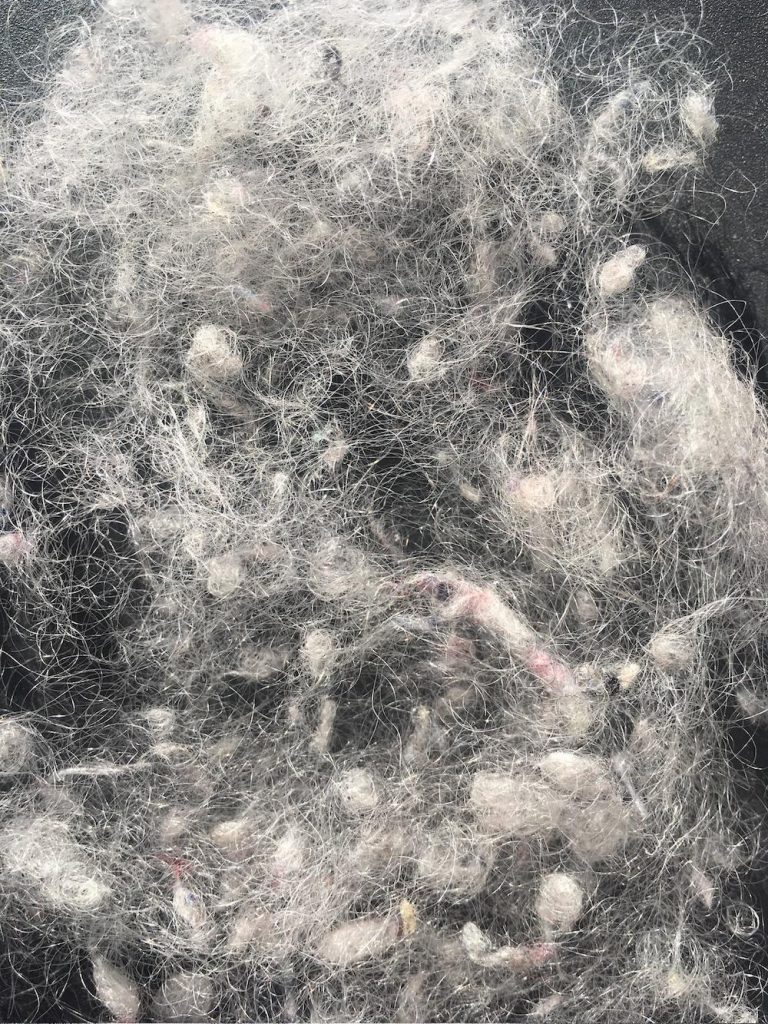
Classical Chaos 2 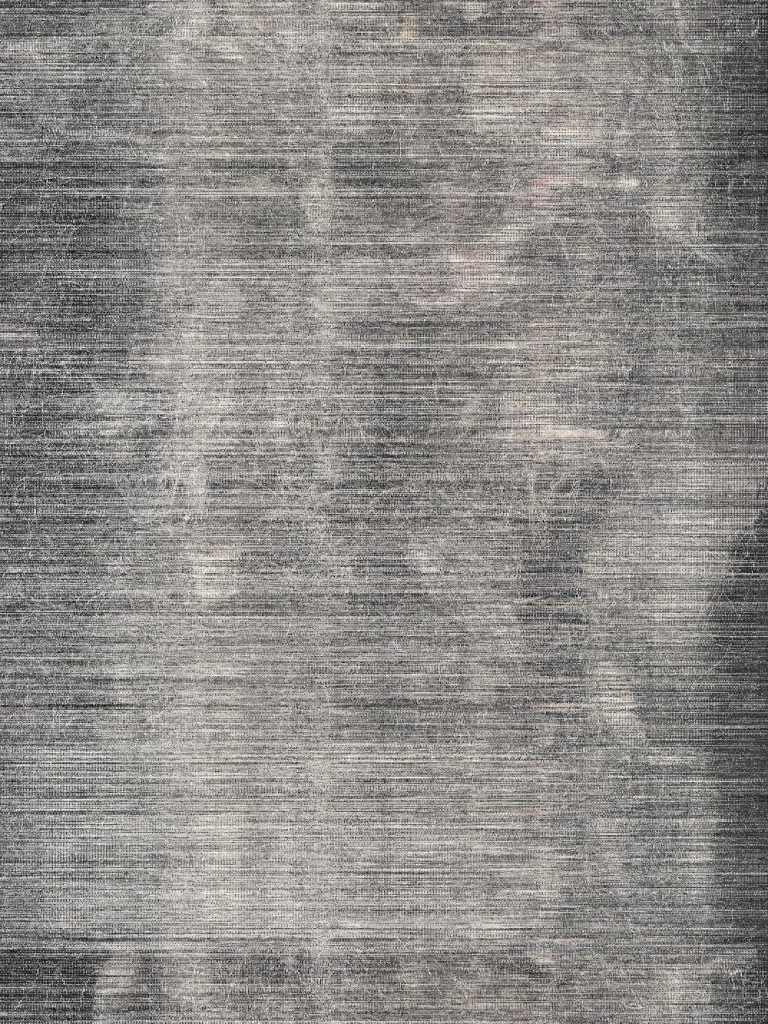
Quantum Chaos 2 
Classical Chaos 3 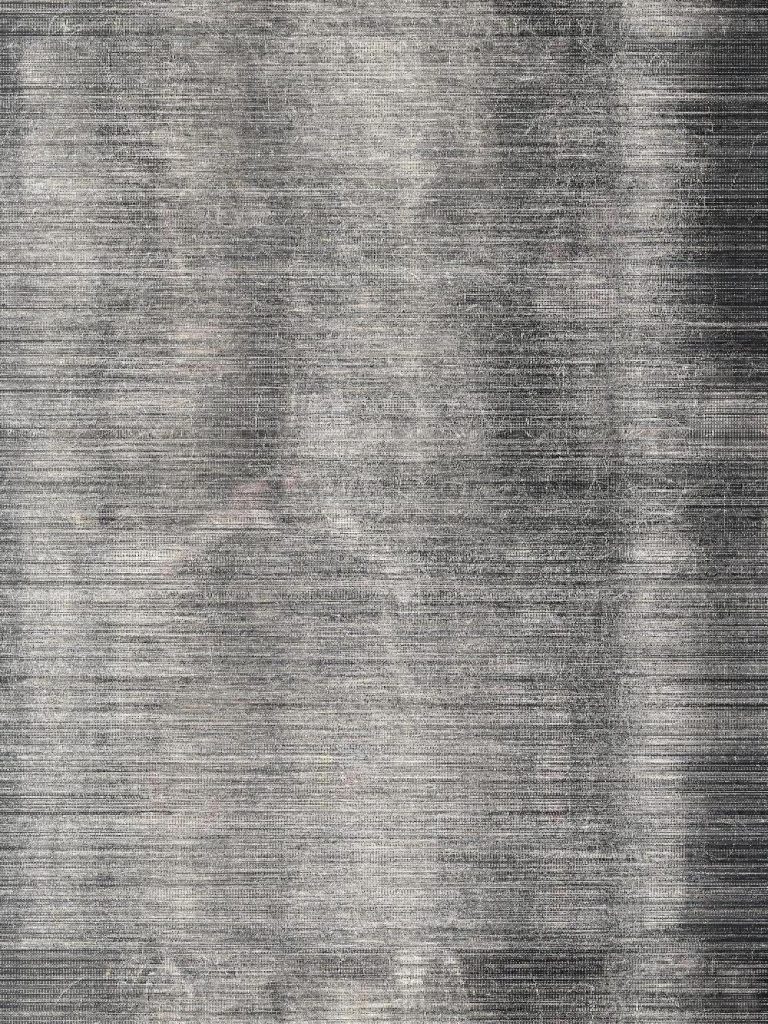
Quantum Chaos 3 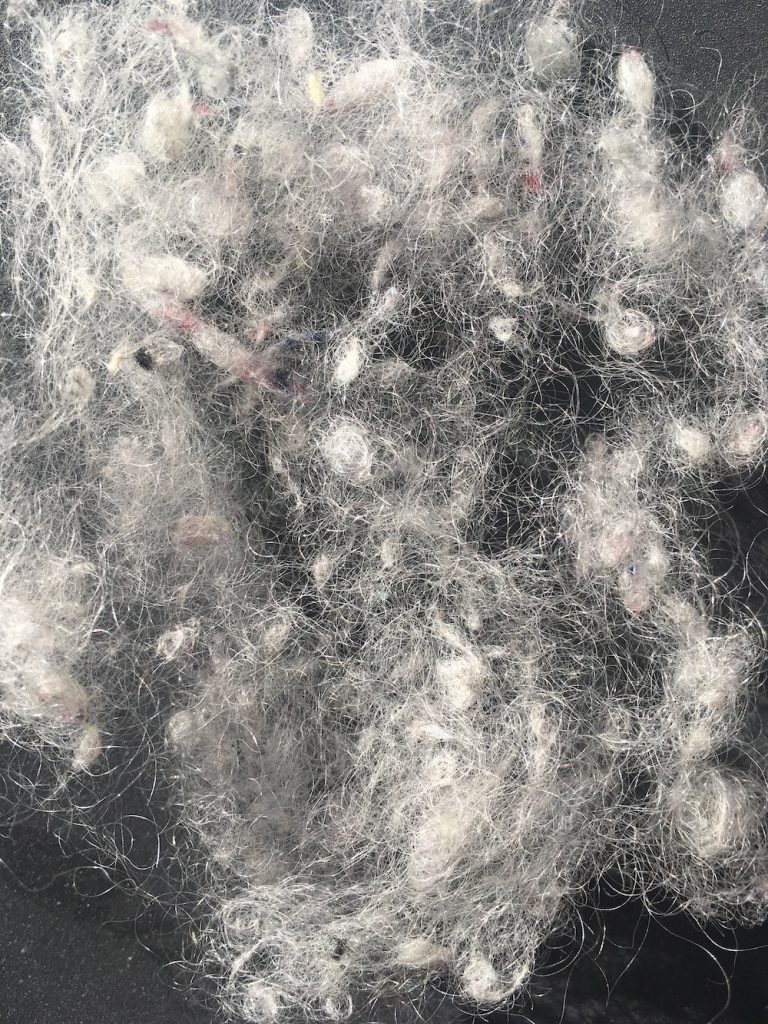
Classical Chaos 4 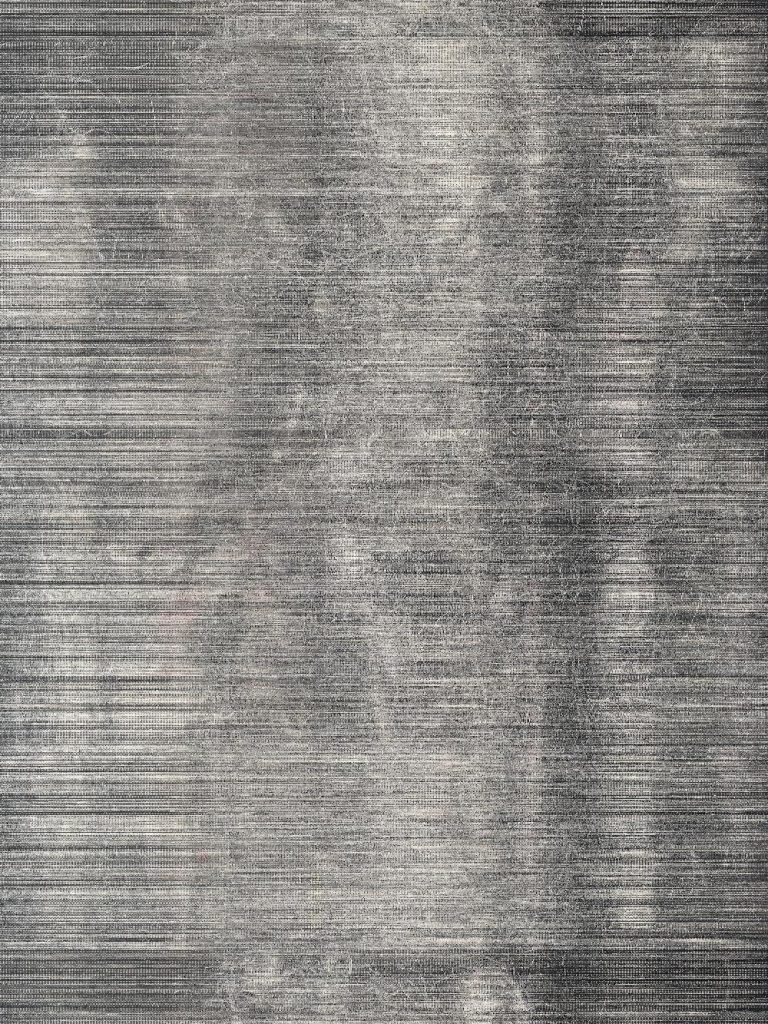
Quantum Chaos 4
The research focuses on art being both a visual and cultural means to examine the paradoxical data of the invisible and unmeasurable quantum world. The installation ‘Quantum Chaos’ is a visualisation of the shift in our cultural understanding of what exists in terms of the difference between a classical (real world experience) and quantum (uncertainty) world. The liminal space between the quantum and classical world creates a different understanding/experience of the microscopic and atomic compounds that create both humans and the world in which we live. In the late 19th and the 20th century, an increasing amount of artists have attempted to visualise the invisible world, such as photographer and scientist Etienne Jules Marey who influenced Cubism and Futurism with his chronophotographic indexical invisible traces of movement. Scientific imaging technology has advanced to where we are now witnessing the atomic world made visible. This current project builds on the history of making the invisible visible by taking the information gathered by the scientific imaging technology and translating the data into an experimental aesthetic visual experience.
The creative rationale is to examine and explore the current thinking taking place in relationship to quantum mechanics, quantum biology and how these phenomena apply to contemporary art. Theoretical physics in an age punctuated by the paradox of quantum phenomena is instrumental of a much broader paradigm shift in culture away from the concrete and quantitative towards uncertainty. The human/non human atomic connections in this project are to be visualised by exploring new understandings of materiality relative to humans. The difference between the classical and quantum world is fundamental to the development of interest in the study of quantum biology. If we all come from a quantum past, then it would make sense that classical nature would use quantum phenomena to develop efficient ways of assisting in the biological evolution process. This project enables the viewer to witness an analogous quantum experience. The work involves collaborating with Professor Andrea Morello, Centre for Quantum Computation and Communication Technology, on some of the latest research being undertaken in the area of quantum chaos. Morello’s current scientific research looks at controlling the spin of electrons and nuclei and its role in quantum computer utilisation of chaos where the world is described as a smudge of probability. The experimental artwork explores creating a visual and audible expression of quantum chaos, paradoxically occupying multiple positions in space simultaneously, but none specifically.
The research is analogous to a comparison between the movement of a spinning top and that of an electron. The artwork is situated at the residual space between a classical and quantum world. When a spinning top goes out of its spin cycle, it falls into chaos in the same way an electron in a quantum position is governed by its spin. This data would then be aesthetically translated from being in multiple states at the same time to enabling viewers to engage in the world of quantum phenomena from a real-world classical experience. The artwork gives you a view of everywhere and nowhere at the same time, which is a dynamical signature of quantum chaos. he experimental project is analogous to a comparison between the movement of a spinning top and that of an electron. The chaotic nature of the classical spinning top manifests itself in the quantum-mechanical counterpart as decoherence, and yet at the same time shows quantum echoes of the original quantum system. The data from Morello’s lab developed by PhD student Serwan Asaad and Dr. Vincent Mourik.is used to create and aesthetic experience. My collaborative experimental project is exploring the liminal space between classical and quantum chaos, paradoxically when classical chaos bifurcates smaller and smaller it reaches Heisenberg’s uncertainty which says that it can’t go any further. In the quantum chaos art work a sorting algorithm based from the speculative quantum data is used to transform a photographic image that is analogous to classical chaos. The sorting algorithm software developed in collaboration with Jan Andruszkiewicz weaves in real time the classical image of chaos into a vision of quantum chaos where multiple states appear at the same time, enabling viewers to experience through an expression of dynamic tunnelling revealing a spatial transition between a classical experience to a quantum experience. The outputted image creates a pattern based on how quantum chaos is used in the processing within a quantum computer. Entangled arrays of electrons are affected by quantum chaos to initiate the processing of data. The arrays of entailed electrons form patterns that can be read by as computational data processing.
Within quantum chaos, the spin is in one position with a certain probability that it could be in an opposite position. This uncertainty becomes a reality in the classical world every time we make a decision. Being inside the artwork Quantum Chaos would be synonymous with the indecision within thought, brought to life through the fusion of images.